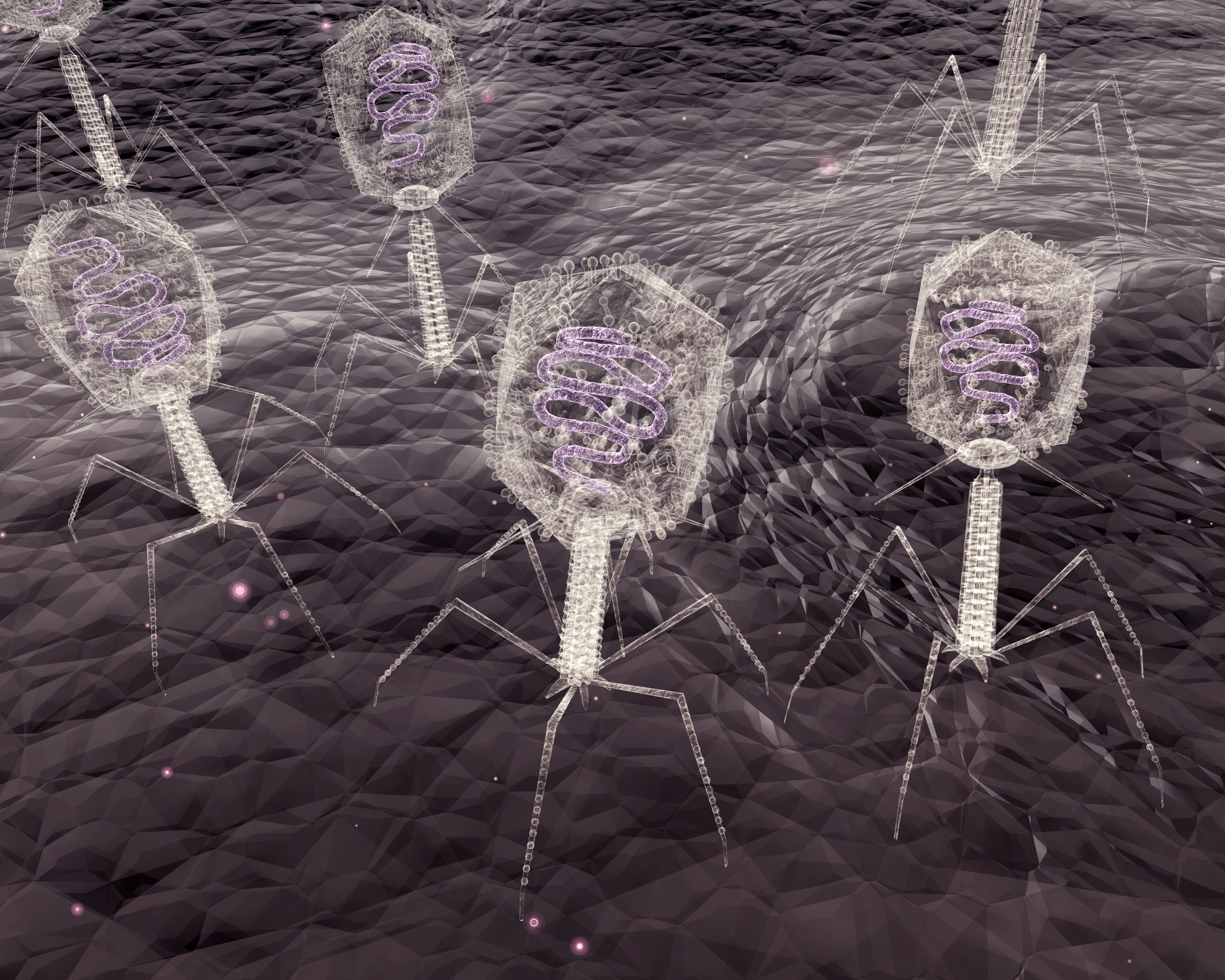Phage Therapy Steps Further Out of the Wings to Take On Superbugs
Phage therapy is gaining some traction as a treatment option against superbugs.

Diane Shader Smith writes in STAT about how she wants something good to come out of the death of her daughter, Mallory, at 25. Aside from telling the story of her daughter’s valiant struggle with cystic fibrosis in a book, she is also spreading the word about phage therapy.
Phage therapy isn’t new; before antibiotics came along phages were seen as a potential infection-fighting treatment. But then phage therapy fell off the radar and is still relatively unknown (a January article in Healthline was titled “What Is Phage Therapy?”). It has been approved by the US Food and Drug Administration for use in humans only in emergency situations.
As Infection Control Today reported in May, phage therapy is suddenly gaining heightened interest.
Phage-bacteriophages-are viruses that use lytic bacteriophages to treat pathogenic bacterial infections by thwarting bacterial growth. Bacteriophage means “bacteria eater,” and they are found in soil, sewage, water, and other places bacteria live.
According to the Phage Therapy Center, a company that offers the treatment: “As bacteria evolve resistance, the relevant phages naturally evolve alongside. When super bacterium appears, the super phage already attacks it…. Phages have special advantage for localized use, because they penetrate deeper as long as the infection is present, rather than decrease rapidly in concentration below the surface like antibiotics.”
On top of cystic fibrosis, Mallory also had to deal with Burkholderia cepacian, a bacterium that had invaded her lungs. A biotech startup company, working with the US Naval Medical Research Center, treated Mallory with a bacteriophage they believed could save her.
“Mallory received the first dose of the phage cocktail ... but it was too late,” Smith writes.
It’s not too late to try to help others with phage therapy, however. She and Mallory’s father, Mark Smith, established Mallory’s Legacy Fund at the Cystic Fibrosis Foundation and also raised about $100,000 to enable the Center for Innovative Phage Applications and Therapeutics to help pay for the first clinical trial of phage therapy.
Also as a result of the Smiths getting the word out about Mallory, Australian investigators published a review of phage therapy in the journal Frontiers in Cellular and Infection Microbiology that highlights work being done in the field. An article in May in Nature Medicine also generated some interest and hope that phage therapy can fight antibiotic-resistant infections.
And also last week, Nature published a study showing that phage therapy might be an effective treatment for alcoholic hepatitis. Bernd Schnabl, MD, professor of medicine and gastroenterology at UC San Diego School of Medicine and one of the authors of the study, told Medical Xpress: “We not only linked a specific bacterial toxin to worse clinical outcomes in patients with alcoholic liver disease, we found a way to break that link by precisely editing gut microbiota with phages.”
Diane Shader Smith cites CDC statistics that more than 2 million Americans are infected with antibiotic-resistant drugs and about 23,000 people die from those infections each year.
“The resurrection of phage therapy couldn’t be more timely,” Shader Smith writes. “Many strains of bacteria, fungi, and other pathogens have become resistant to the antimicrobial drugs that once made treating infections a simple and routine part of medicine.”
The CDC at a Crossroads: Budget Cuts, Public Health, and the Growing Threat of Infectious Diseases
March 12th 2025Budget cuts to the CDC threaten disease surveillance, outbreak response, and public health programs, increasing risks from measles, avian flu, and future pandemics while straining health care infrastructure nationwide.
Standing Up for Science: A Rally Participant’s Perspective
March 11th 2025Infection Control Today's Editorial Advisory Board member and contributing editor, Heather Stoltzfus, MPH, RN, CIC, recently joined the Stand Up for Science rally in Washington, DC. She gives a first-person perspective on the rally and the rally-goers' strong message.